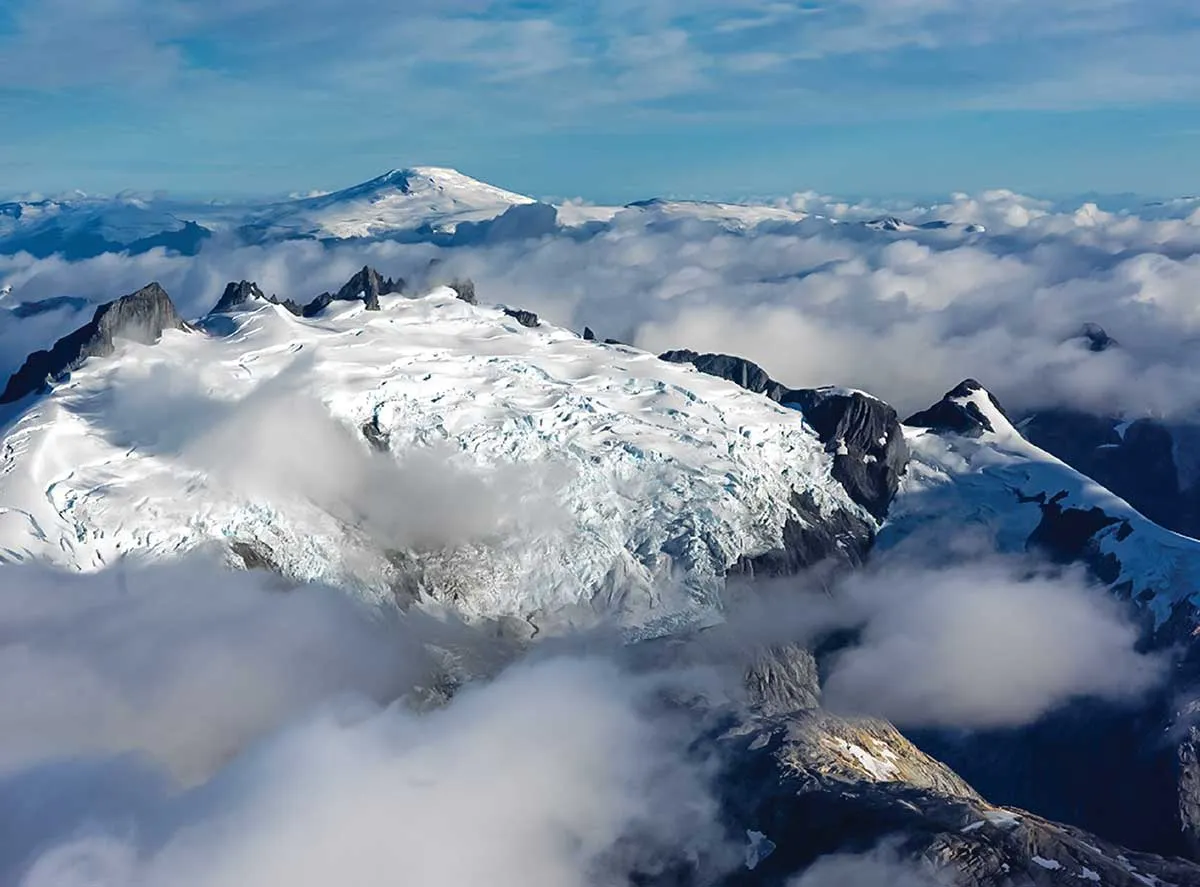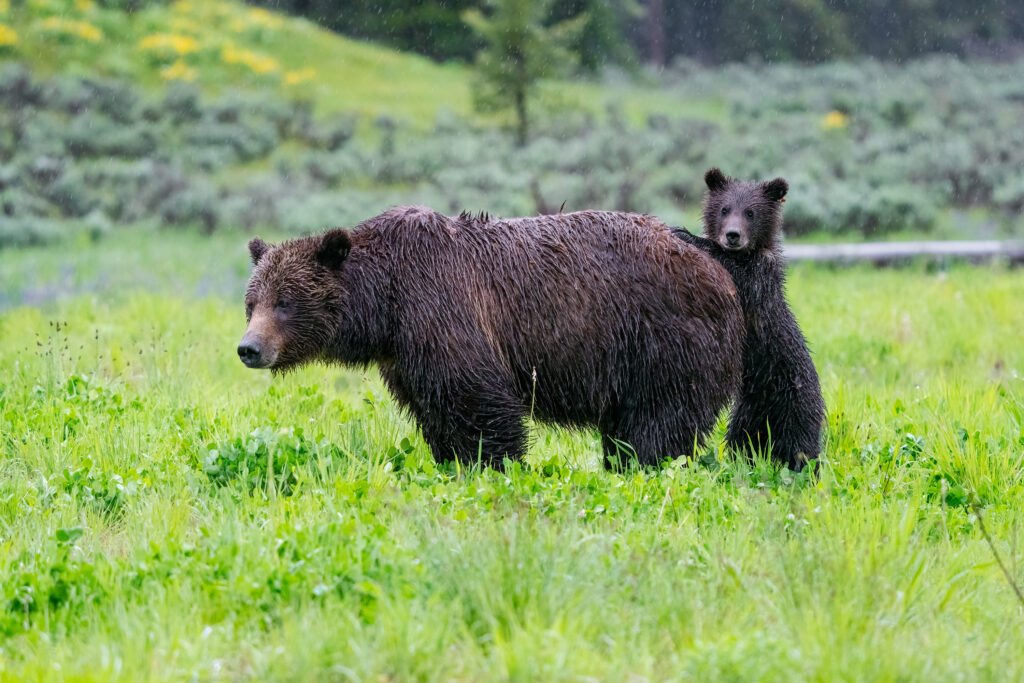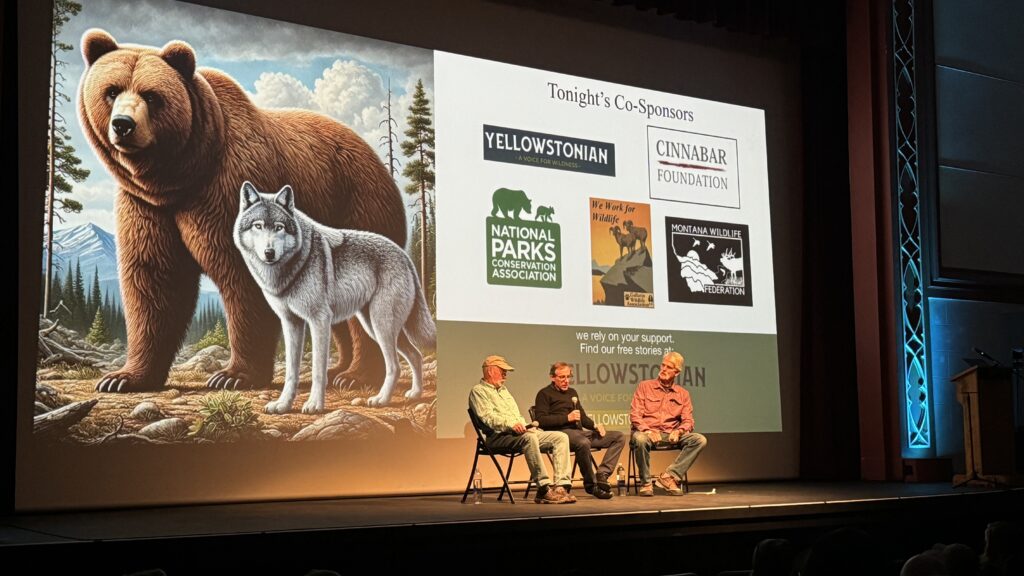EDITOR’S NOTE: How do we preserve and maintain wildness which every day is being squeezed by ever-increasing human pressures? How can we re-wild lands that have lost native species or had habitat degraded or impaired to uses whose destructive effects can be reversed? How do we prevent de-wilding of places that still possess all or part of their original biodiversity. These are the big-picture questions that Yellowstonian will continue to explore. We’re delighted to share this guest essay by ecologist and long-time conservation advocate George Wuerthner who is well known in Greater Yellowstone and worked for a few decades for Kris and the late Doug Tompkins in their efforts to help citizens and the government of Chile expand its national park system. Lessons from each region flow in both directions. —Todd Wilkinson
by George Wuerthner
Earlier this spring, I had the delightful pleasure of accompanying four members of Rewilding Chile on a visit to Yellowstone National Park. The entourage included Executive Director Carolina Morgado, Director of Conservation Ingrid Espinoza, Wildlife Director Cristian Saucedo, and Marcela Quiroz, who works with Stewardship Partnerships.
Their visit to Yellowstone and the Greater Yellowstone Ecosystem was not purely a pleasure mission. They are behind an impressive effort to protect and bring back native species, and foundational to their success is securing high quality habitat.
Greater Yellowstone is an example of what’s possible. Likewise, there is much we can learn from the Chileans in terms of how they are championing a national park system, inspired by our own, yet specially adapted to address conservation concerns of the 21st century.
The mission of Rewilding Chile is nothing short of promoting planetary health. Their comprehensive conservation strategy in the Ruta of Parks of Patagonia directly responds to the urgent need to arrest species extinction and climate crises. It involves the creation of national parks and marine parks, wildlife and ecosystem restoration, and fostering a stronger bond between local communities and nature.
And, there’s a strong connection to Americans who are keeping a close, watchful eye on Greater Yellowstone.
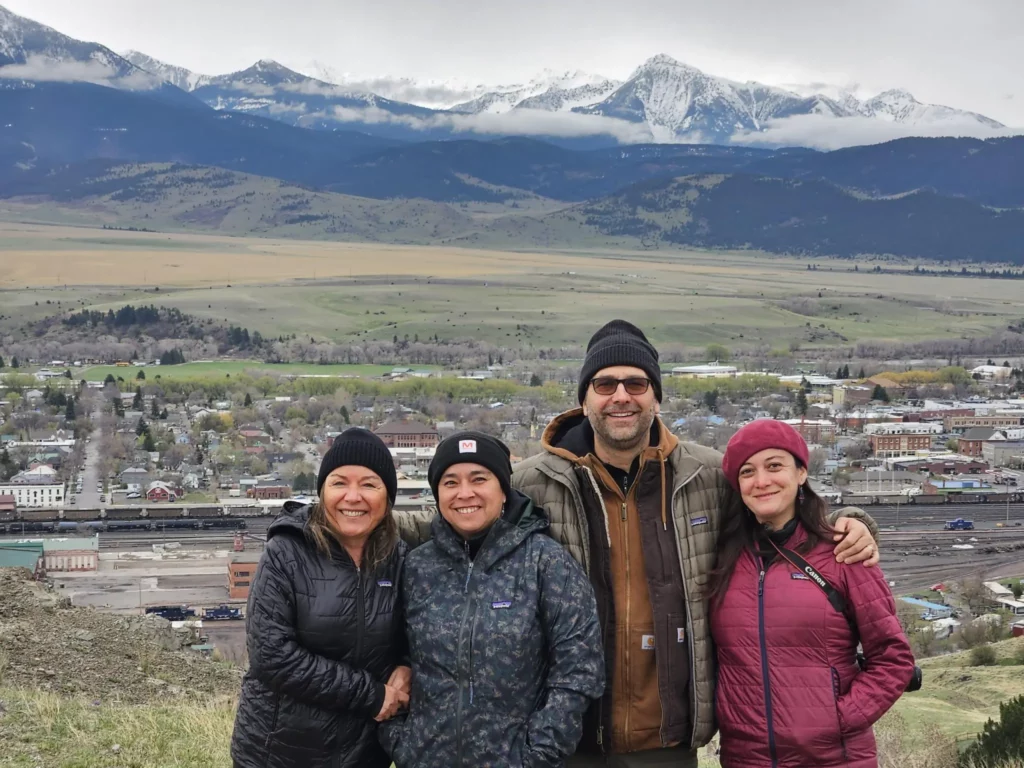
Our visit was the first trip to Yellowstone for all of these folks mentioned above. Given their role in creating a new agency, Chilean National Parks, they wanted to see Yellowstone as a model for national park creation around the globe.
The four representatives of the organization are all long-time employees of Tompkins Conservation Chile. Tompkins Conservation is named for Kris Tompkins and her late husband, Doug. The Tompkinses, by applying resources to action, have created and added to 10 national parks in Chile (and also several in Argentina). Doug Tompkins, for whom I worked, believed that creating parks paid his debt to the planet.
A note on the Tompkins Conservation website reads: “We are living in a damaged world. In the span of one human lifetime, wild ecosystems have been reduced to a mere quarter of the planet. It’s time to take responsibility for our impact on the Earth, respect the community of life, and recognize its intrinsic value. For us all to survive and thrive, the only answer is collective action. Not tomorrow, but today. Let’s make the world wilder, more beautiful, and more equitable.”
Doug first traveled to Patagonia in his teens to climb mountains. He returned over and over throughout his life. After many business successes, including creating the North Face outdoor company and Esprit, an international clothing company, he became disenchanted with pursuing commercial success.
Retreating to Chile, he soon recognized that there was a tremendous conservation opportunity in Patagonia, and he began buying land to restore and donate to national parks. In this effort, he was joined by Kris McDivitt, the former CEO of the Patagonia outdoor company, who became his wife. Doug died in 2016 in a kayaking accident in Chile.
However, Kris has continued their conservation efforts. Rewilding Chile is at this moment creating a new park, the 231,000-acre Cape Forward National Park near Punta Arenas on the Strait of Magellan.
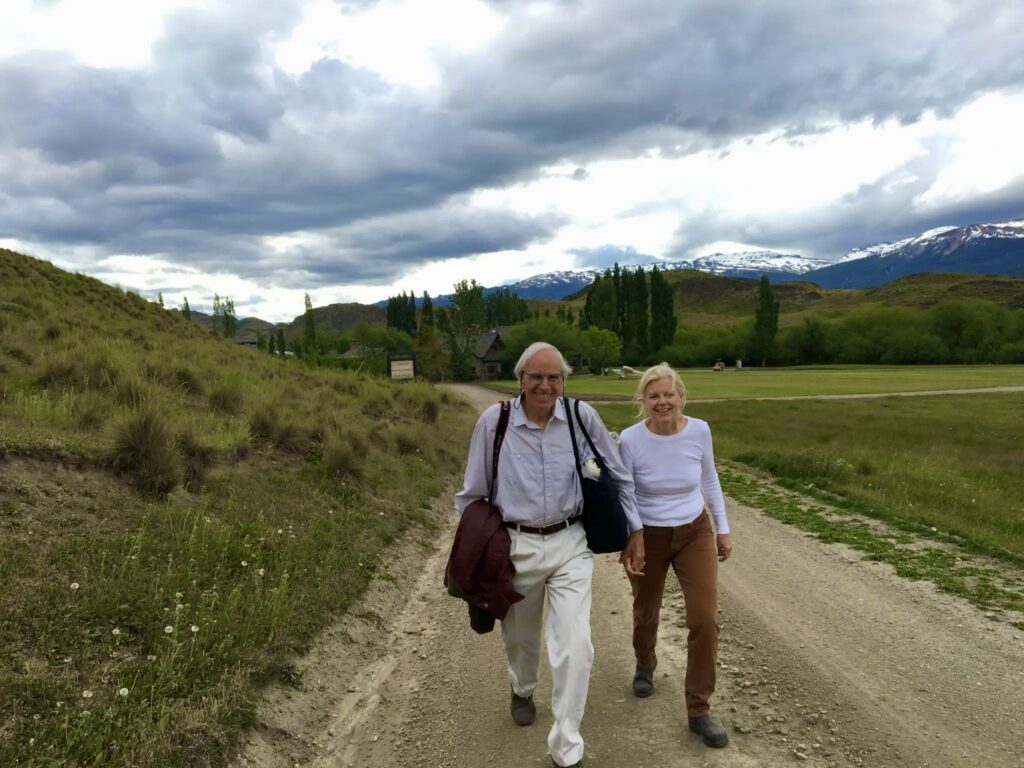
Chile has protected 29 million acres of Chilean Patagonia, or approximately 91 percent of the land area on the western side of the Andes, as national parks. To give some idea of how large an area this represents, Yellowstone is 2.2 million acres, while the state of Virginia is 27 million acres.
The Route of the Parks (Ruta de los Parques), Doug Tompkins’s brainchild, aimed to put in place a continuous string of protected landscapes where wildlife can move freely and ecological/evolutionary processes are maintained. The concept is no different than the grand vision of establishing biological connectivity in the Northern Rockies, as reflected in the large landscape conservation thinking of Yellowstone to Yukon, the Northern Rockies Ecosystem Protection Act and others.

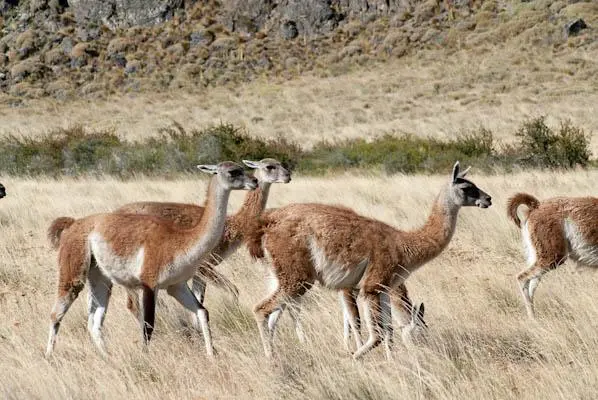
While employed by Doug Tompkins as Ecological Projects Director, I was fortunate to visit quite a few of these parks, including Pumalin/Douglas Tompkins National Park, Patagonia National Park, Cerro Castillo National Park, Corcovado National Park, Yendegaia National Park, and Hornopiren National Park. I’ve also visited several other Patagonia parks, including PN Aleces Andino and PN Aberto Agostini. Patagonia reminds me a lot of Southeast Alaska, but in some ways wilder.
During our visit to Yellowstone, besides enjoying the wildlife and geological features, my guests learned firsthand about the park’s history and regional conservation efforts such as the Greater Yellowstone Ecosystem concept and preservation proposals to enlarge Yellowstone to encompass the entire ecosystem.

We were fortunate to meet with Yellowstone National Park Superintendent Cam Sholly. During our meeting with him, he gave the Chileans some insights to the issues faced by Yellowstone from wolves and bison to dealing with increased visitation. Some of these issues are the same in Patagonia. For instance, ranchers living on the fringes of Chilian parks are hostile to growing puma (cougars) populations just as their counterparts in the Greater Yellowstone area are hostile to wolves.
Sholly pointed out that the crowding at places like Old Faithful or the rim of the Grand Canyon of the Yellowstone are partially a consequence of park roads and its hotel system being created prior to the age of the auto in the horse and buggy days.
Such development would be unlikely today as the National Park Service tends to promote construction of visitor facilities outside of the parks, he says.
However, it is important to note that only 6000 acres, or 0.23 percent of Yellowstone’s 2.2 million acres, are intensively developed, an astounding figure considering how many people pour through Yellowstone’s entrances annually. Still, the infrastructure needed to accommodate between four and five million visitor days annually is large and it is permanent. Plus there are numerous external pressures related directly and indirectly to Yellowstone’s industrial-strength tourism.
Although Rewilding Chile mainly focuses on national parks, like in the United States, private lands often hold fundamental conservation values. While in Montana, the group met with representatives of the American Prairie (formerly American Prairie Reserve), which seeks to restore the northern Great Plains. It also toured the conservation efforts of businessperson Arthur Blank, who owns several essential ranches in Paradise Valley that lies north of Yellowstone Park.


One of my take-home messages is how the Yellowstone National Park model has influenced and continues to invigorate people worldwide. America’s national parks have international appeal and represent the best efforts of the US to preserve some of its best wildlands. It’s wonderful to see these goals being emulated in other parts of the world.
However, as we know, it is not a one-way street. Much is to be learned from the Chilean efforts to preserve their conservation legacy. The fact that national parks cover 91percent of Chilean Patagonia is something I believe we should emulate here in the US, which is why proposals, which I’ve touted in writing, like a Greater Yellowstone National Park should become a conservation goal.
Parks and wilderness designation are the gold standard for conservation, and the US still has much work to do to implement fully. A mountain range like the Gallatins is vitally important to the long-term survival of the ecosystem’s remarkable wildlife.
Michael Kellett and I articulate in this article why we need to create many more national parks in the US and we’ve worked together with others in promoting a national park in the North Woods of Maine.
Chile, the Tompkinses and their supporters have given a gift to the world by assembling a world class Patagonian park system. Rewilding Chile will continue to expand and further the goals of preserving the country’s natural heritage. They are building a proud heritage and tradition that future generations will thank them for. We in the US still have more work to do, and that is our best way of honoring those who created the foundation of what we celebrate today.


